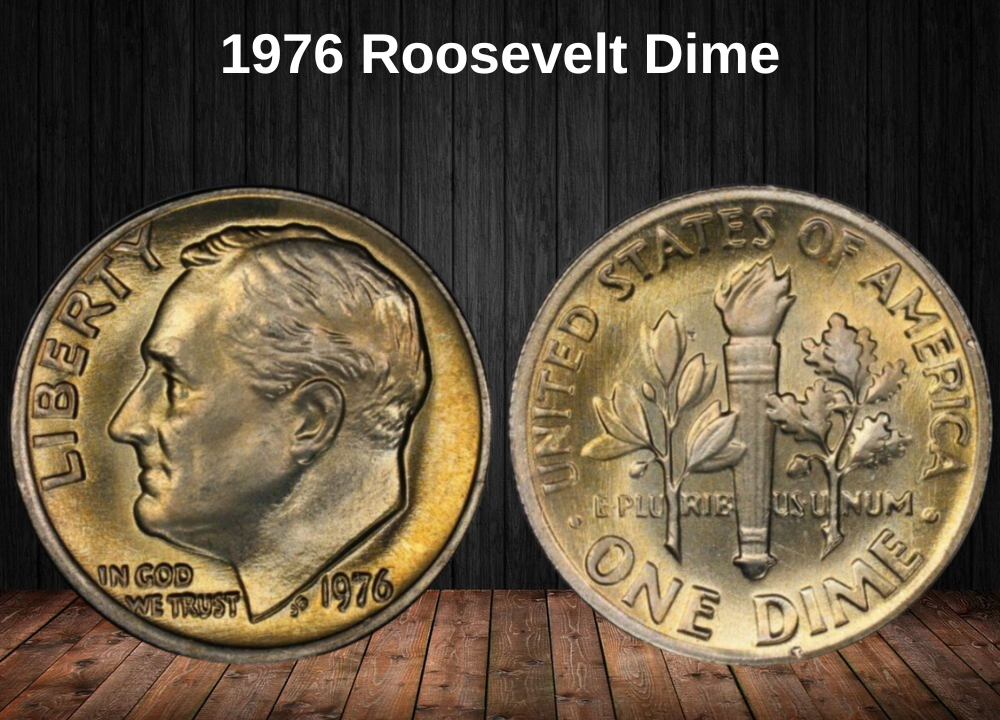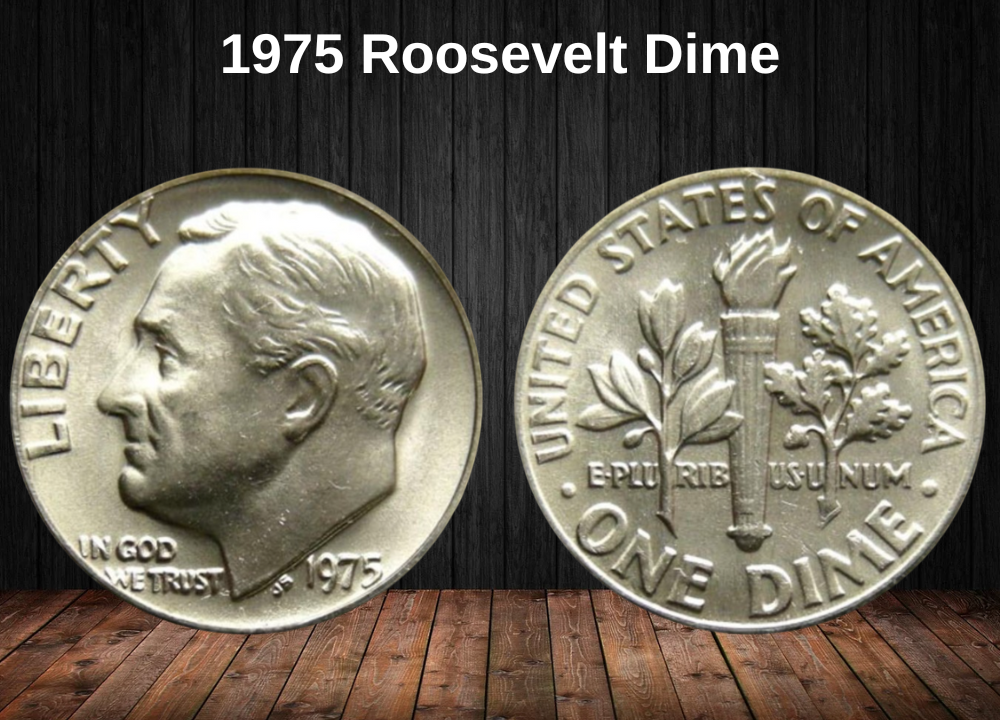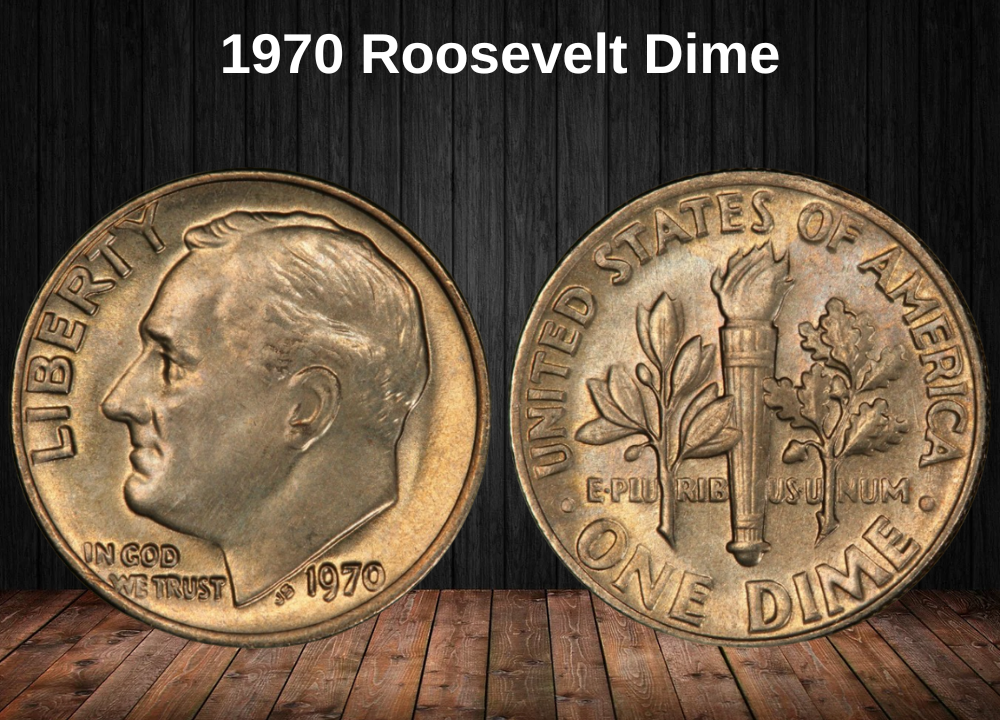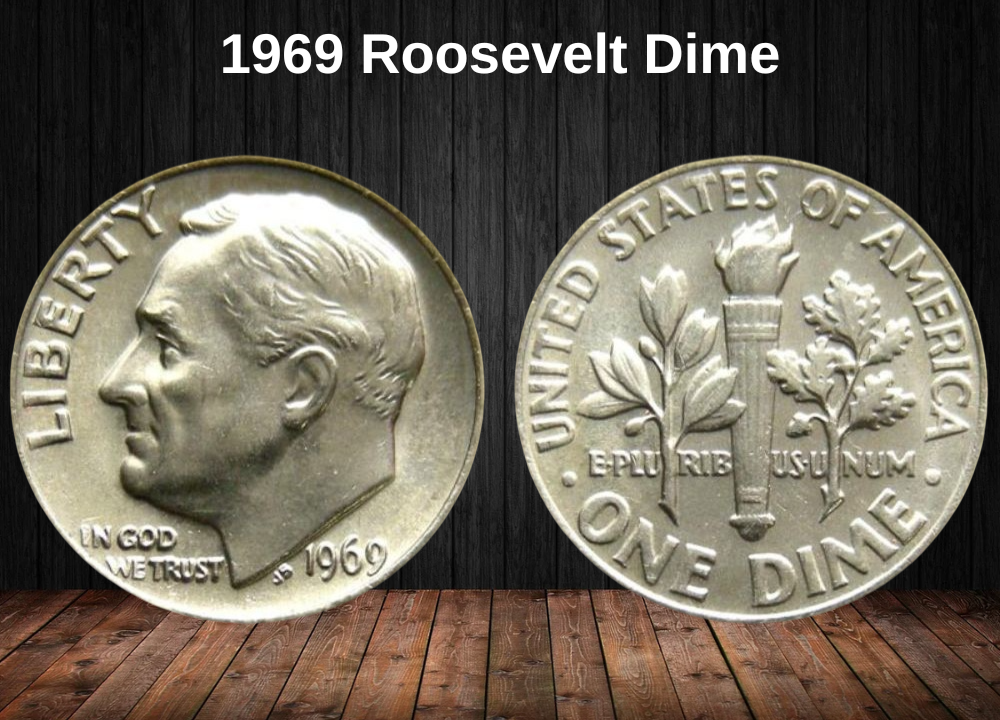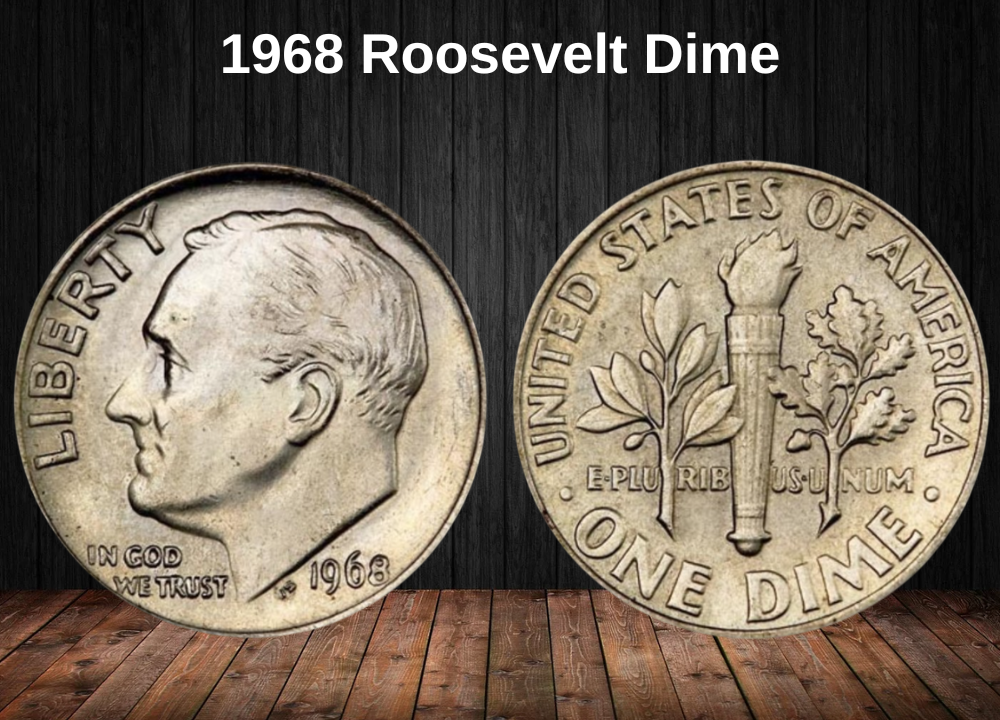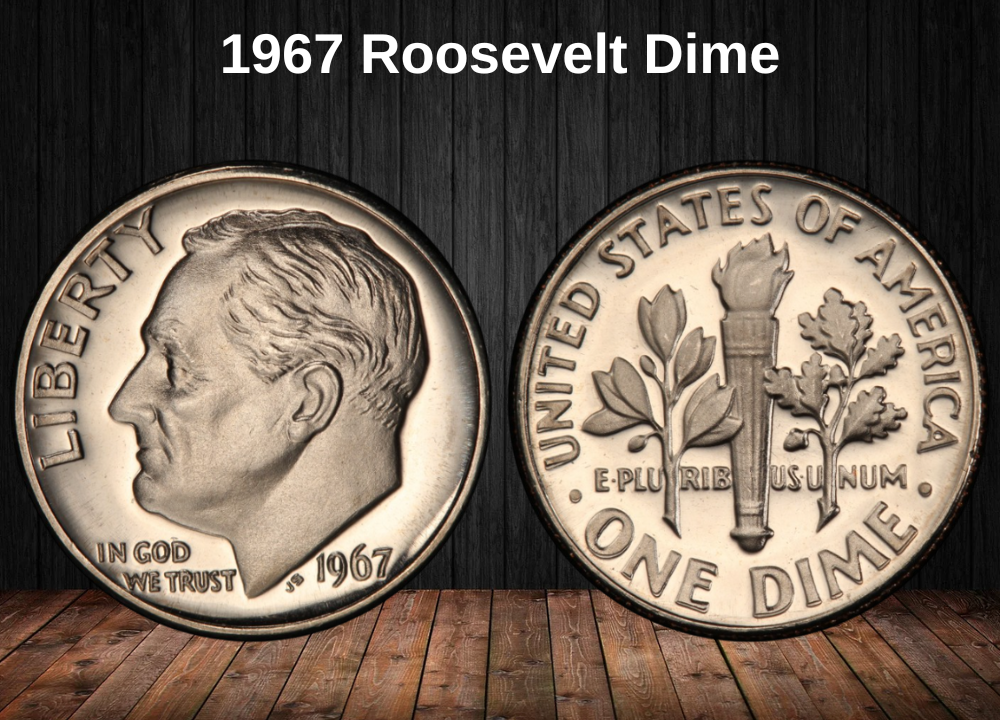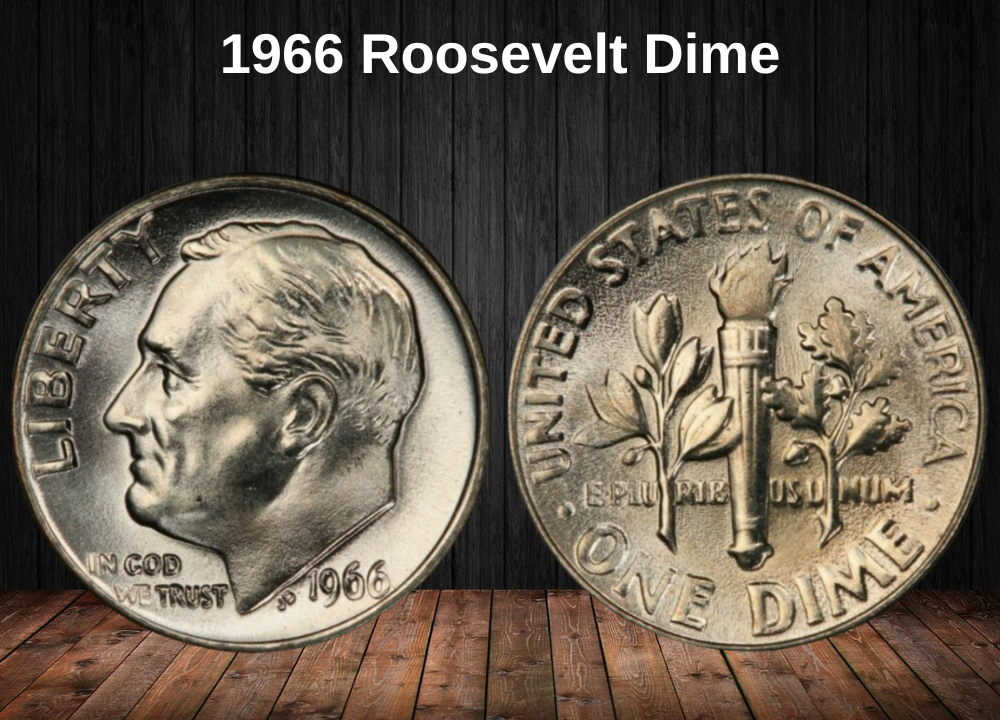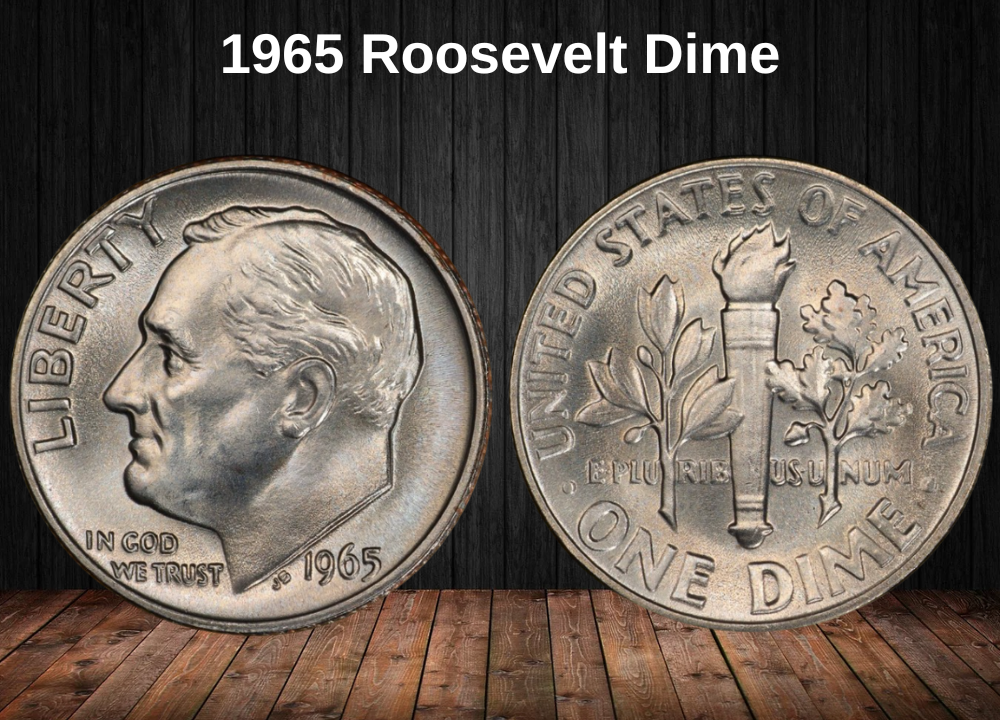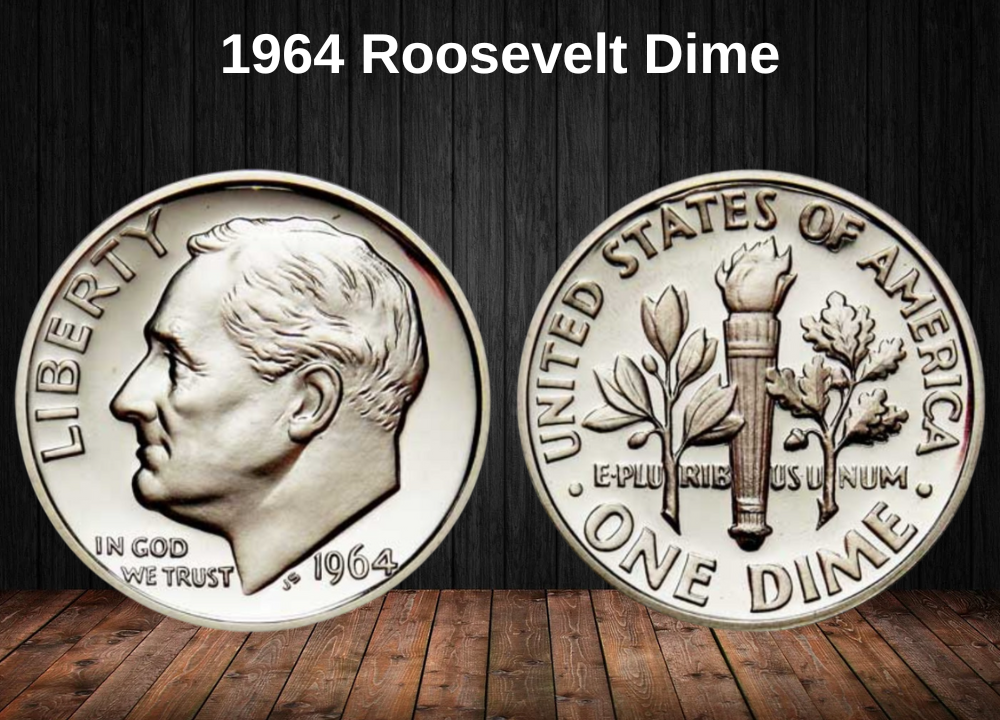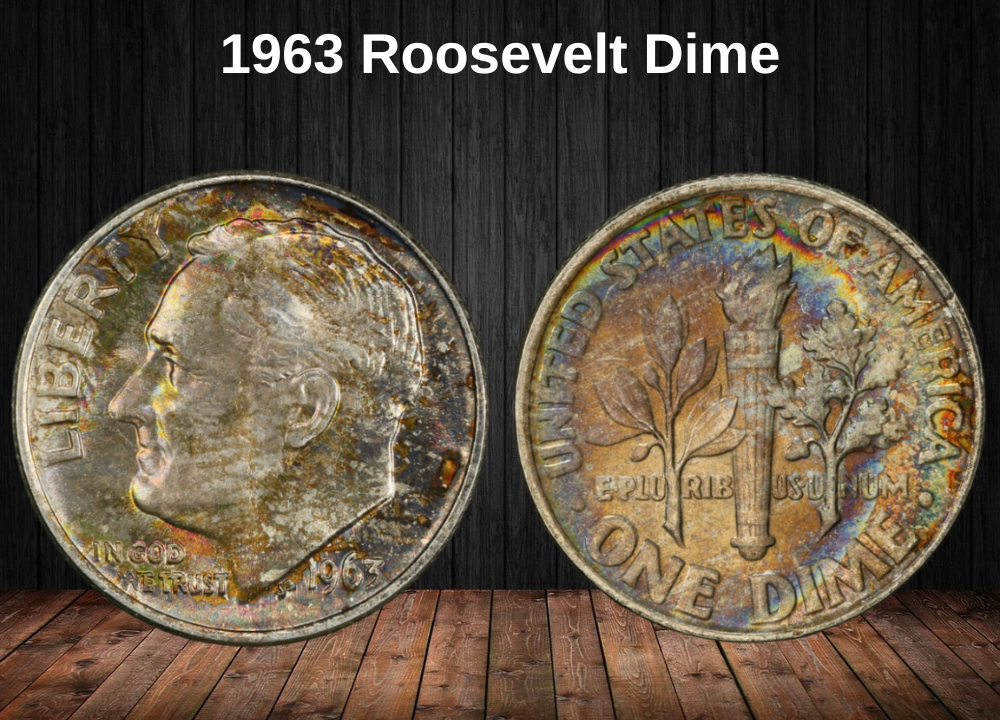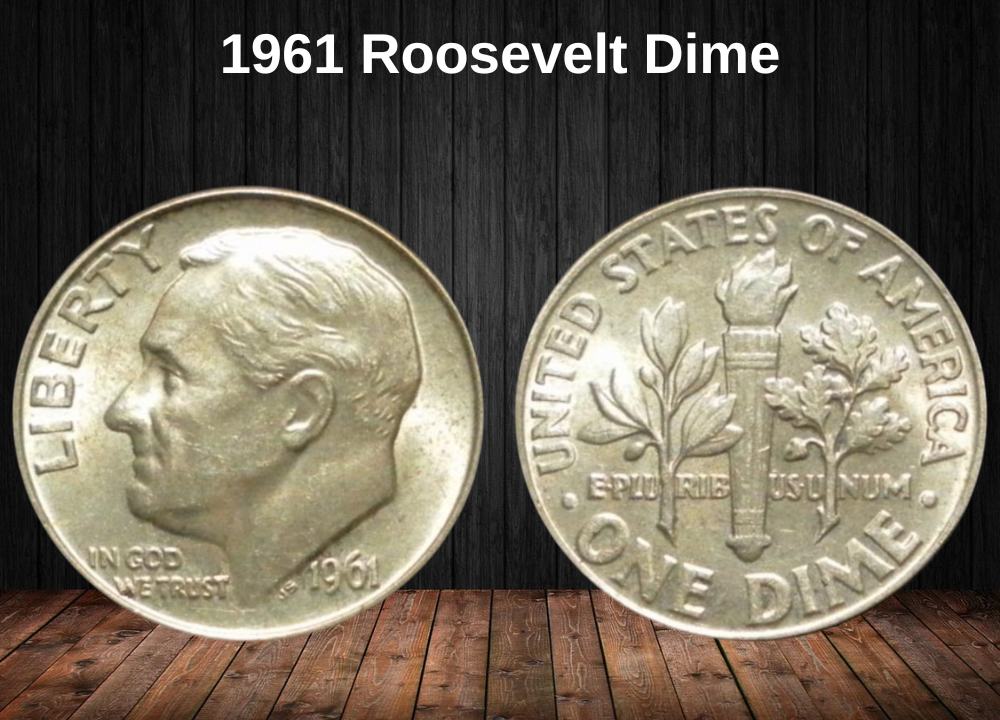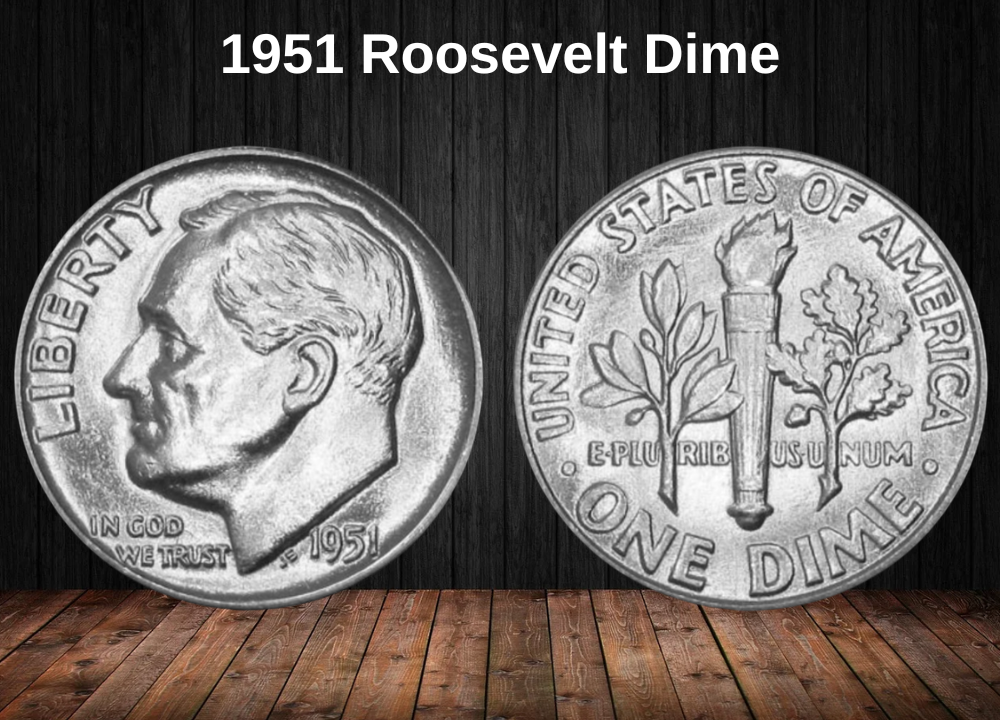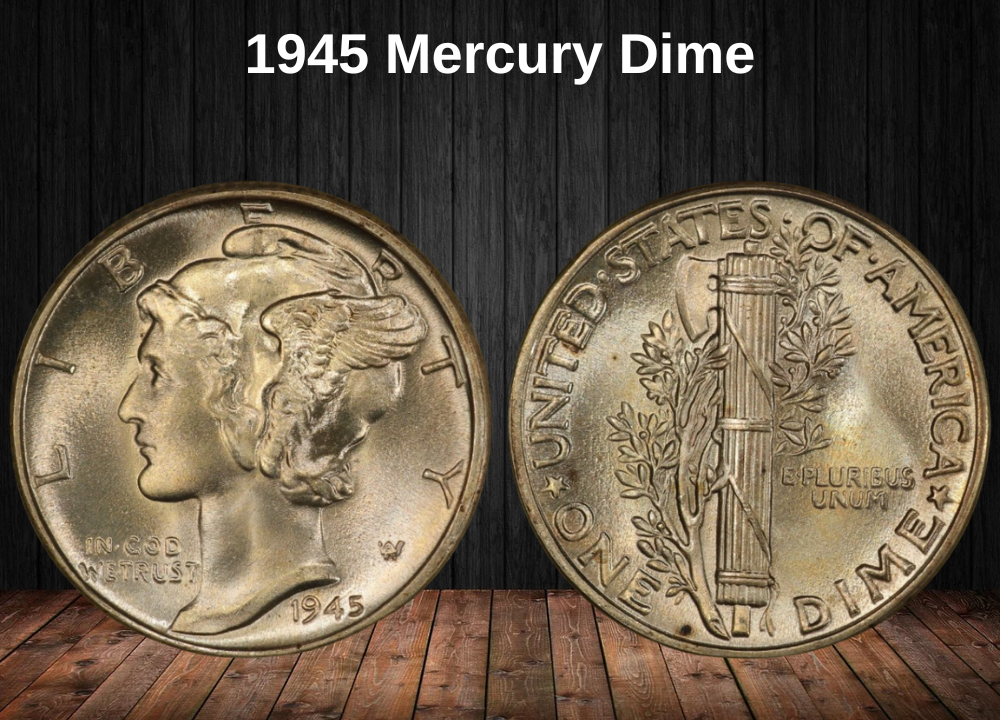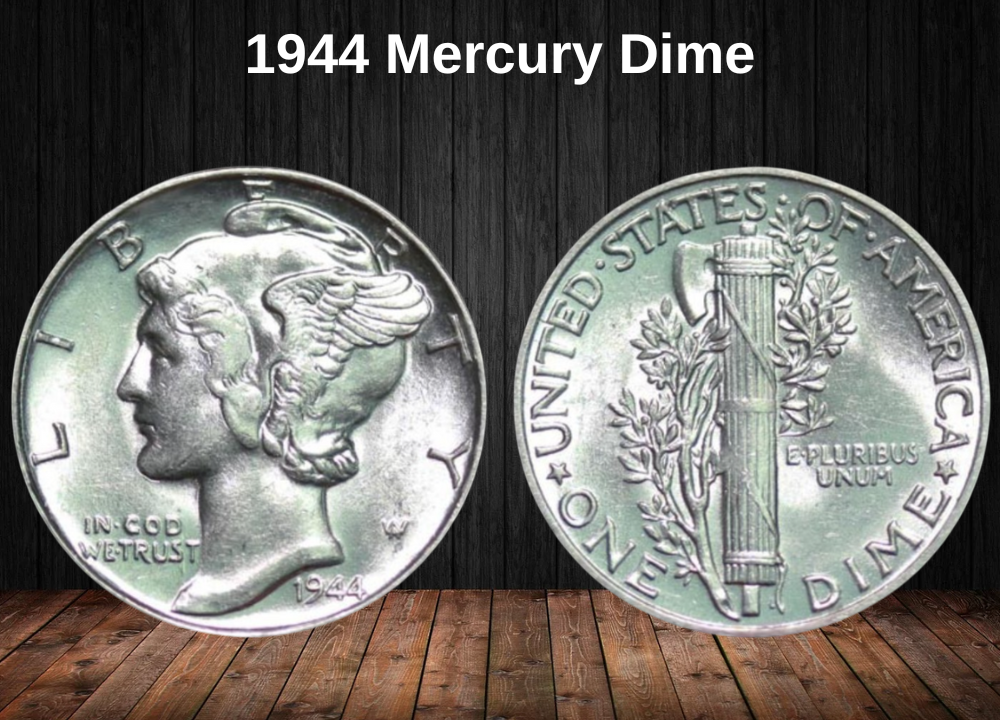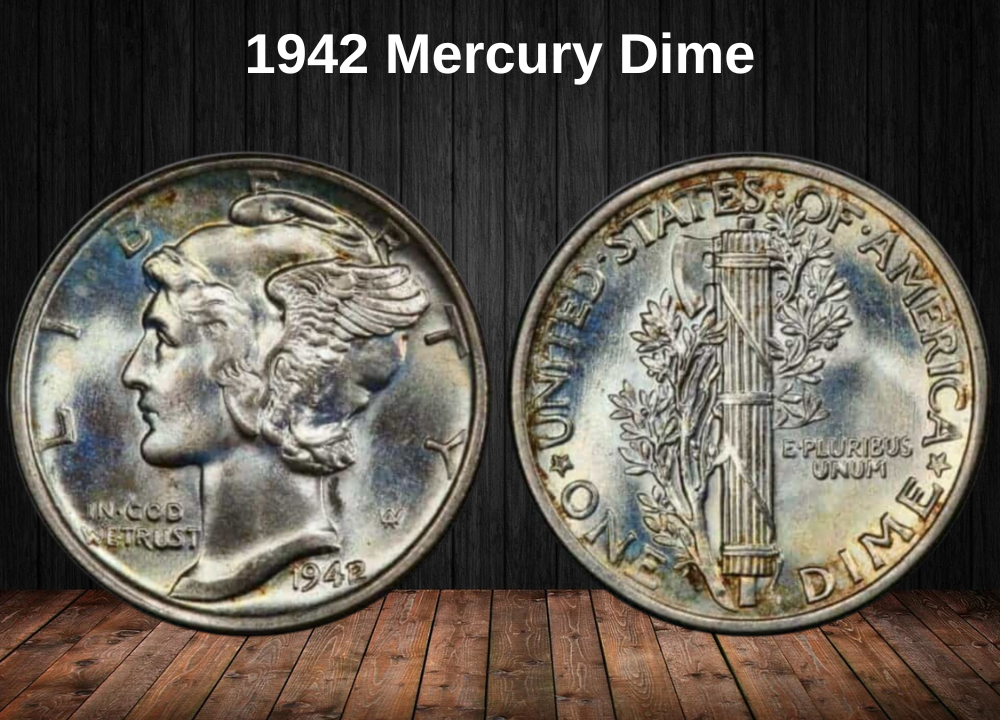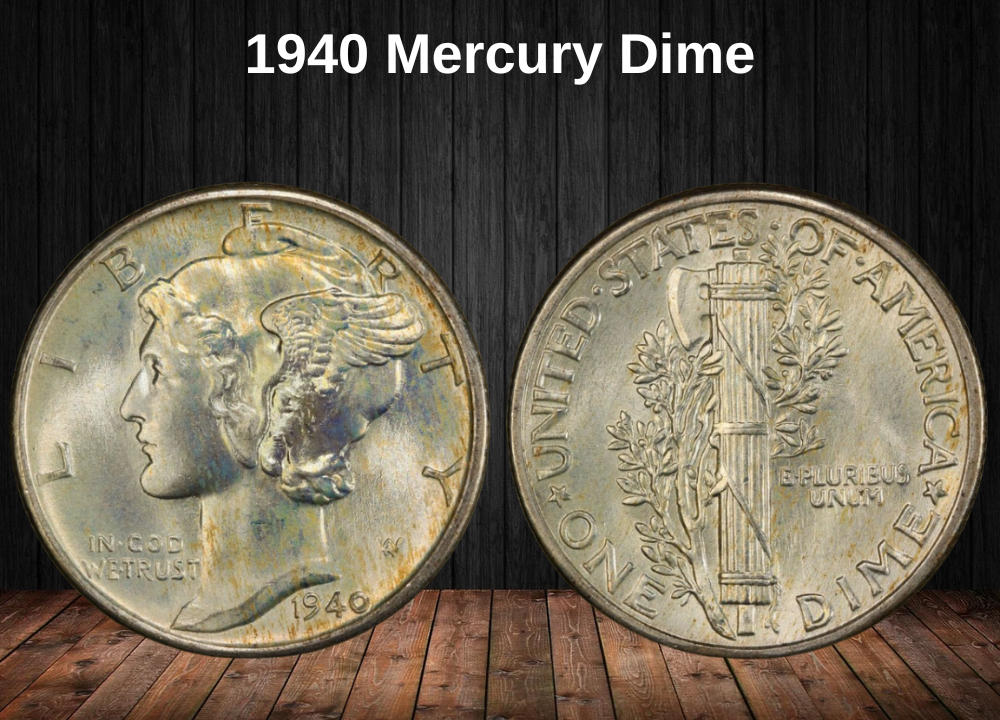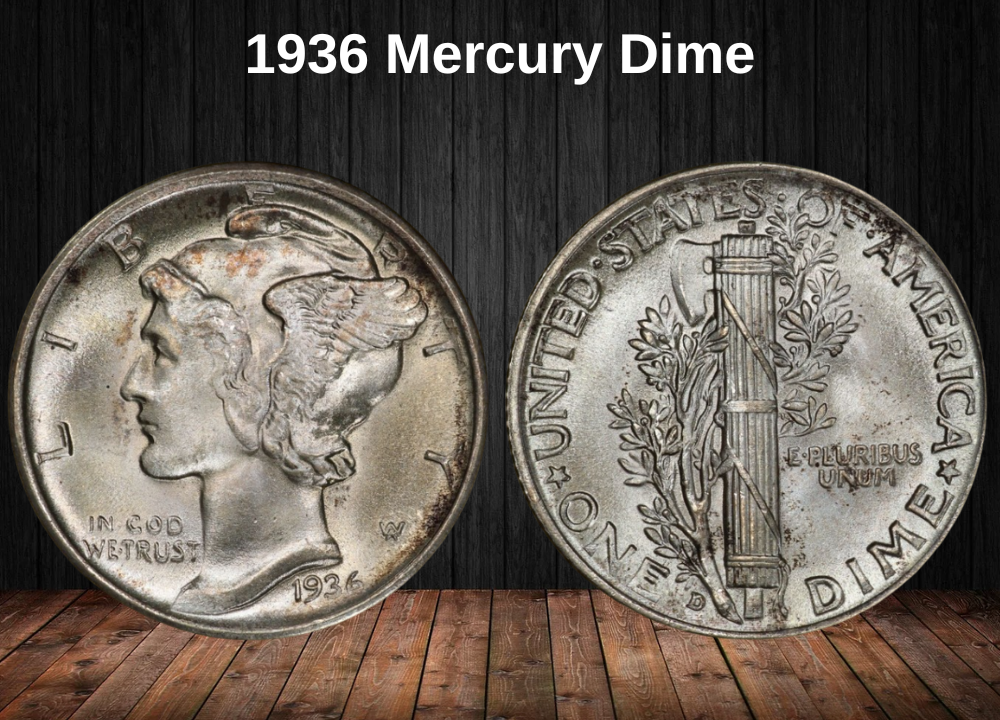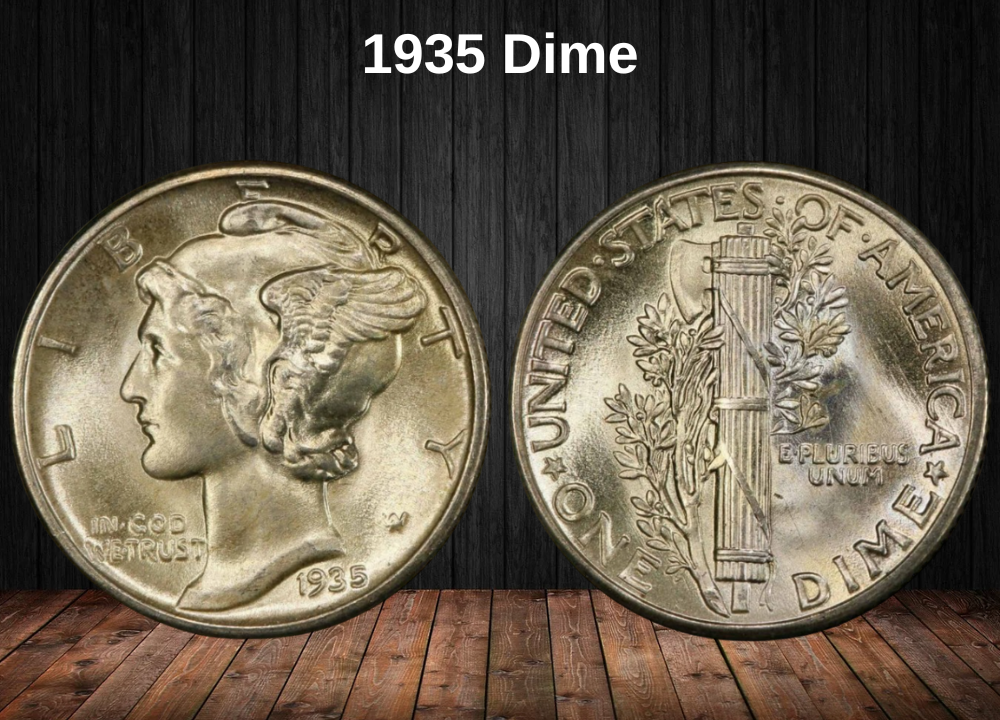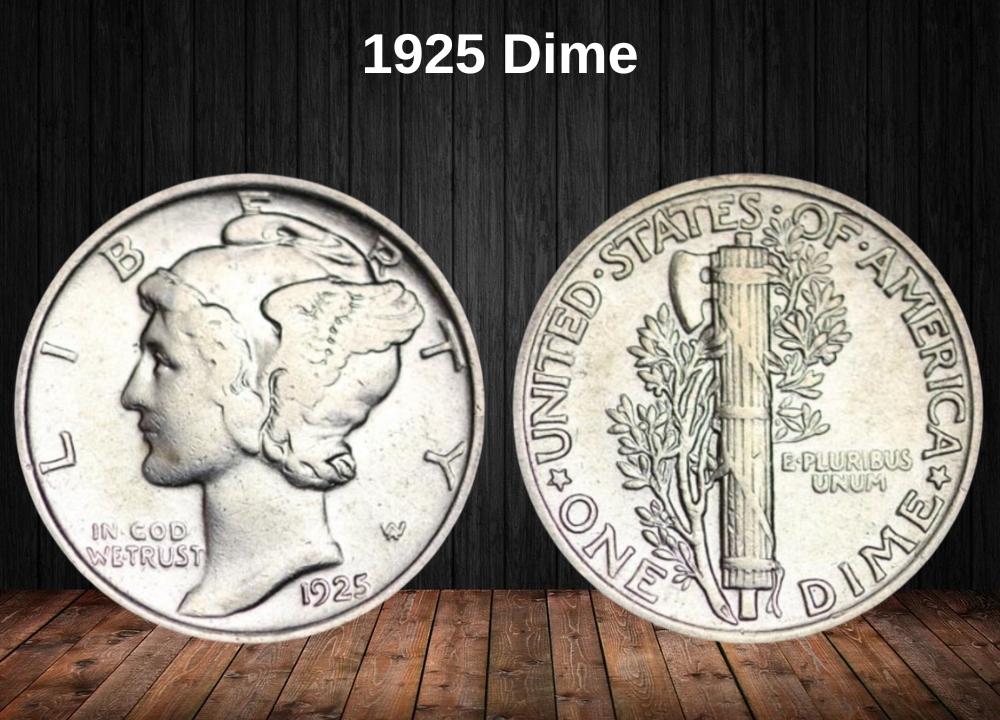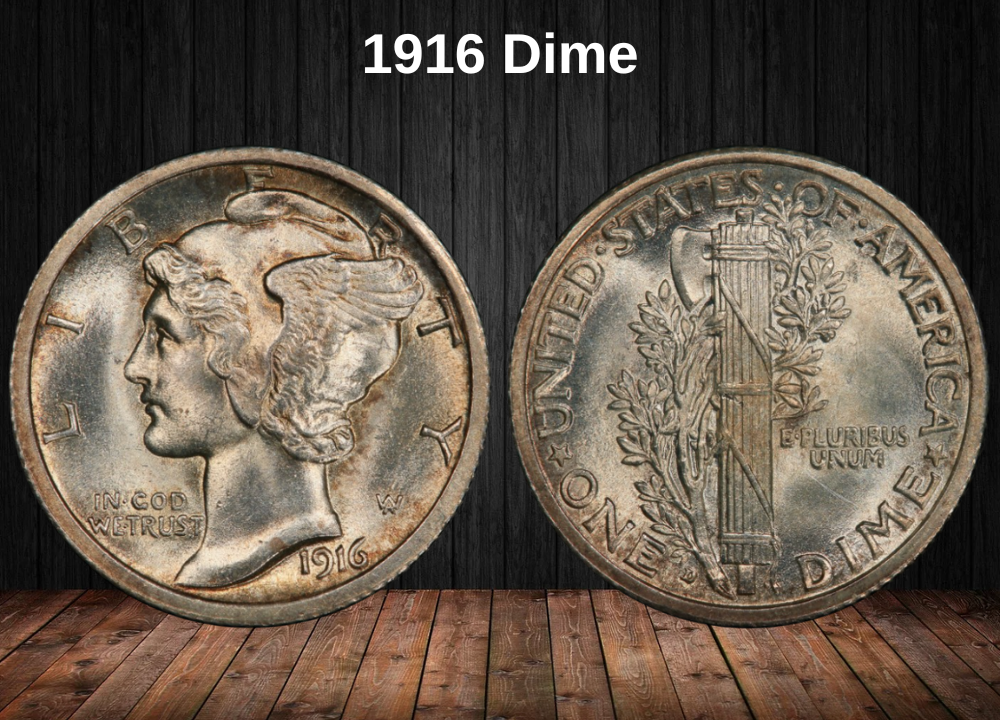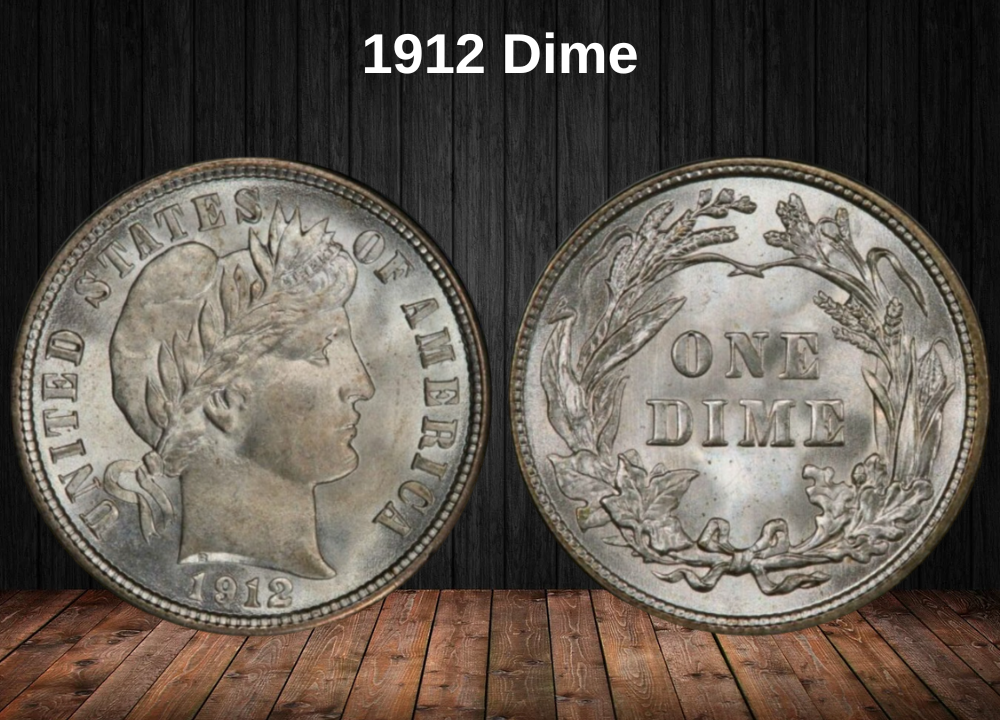They say good things come in small packages—and the 1926 Mercury dime is proof of that. Despite its tiny size, this coin carries a significant legacy and an impressive market value for collectors.
Whether you are a seasoned numismatist or just beginning your journey in coin collecting, understanding the 1926 dime value provides a clear path to navigating one of the most fascinating coins of the Mercury dime series.
Let’s take a closer look at what makes the 1926 dime so special and how much it is worth today.
1926 Dime Value Chart
| Mint Mark | Good | Fine | Extremely Fine | Uncirculated |
|---|---|---|---|---|
| 1926 Dime (No Mint Mark, Philadelphia) | $5 | $6 | $10 | $50 – $4,000 |
| 1926 “D” Dime (Denver) | $8 | $15 | $40 | $225 – $4,250 |
| 1926 “S” Dime (San Francisco) | $17 | $75 | $250 | $2,150 – $12,500 |
History of the 1926 Dime

The 1926 Mercury dime, designed by Adolph A. Weinman, continues the tradition of portraying Liberty in a winged cap—symbolizing freedom of thought. Struck in Philadelphia, Denver, and San Francisco, the 1926 issue is notable for its varied rarity depending on the mint.
The Philadelphia Mint produced the highest number of coins, making the “no mint mark” dimes the most common. Denver’s production was moderate, while San Francisco struck far fewer pieces, resulting in some of the scarcest Mercury dimes in high grades.
Collectors value the 1926 dime not only for its design but also for its place in the series, as it came during a decade known for weak strikes and challenging Full Bands designations. High-grade examples from the Denver and especially the San Francisco mint are considered true prizes in the numismatic world.
Features of the 1926 Dime
The 1926 Mercury Dime, officially known as the Winged Liberty Head Dime, was designed by Adolph A. Weinman, one of the most prominent sculptors of the early 20th century. Introduced in 1916 to replace the Barber Dime, this beloved series continued until 1945 and is celebrated as one of the most artistic silver coins ever struck by the U.S. Mint.
Obverse of the 1926 Dime
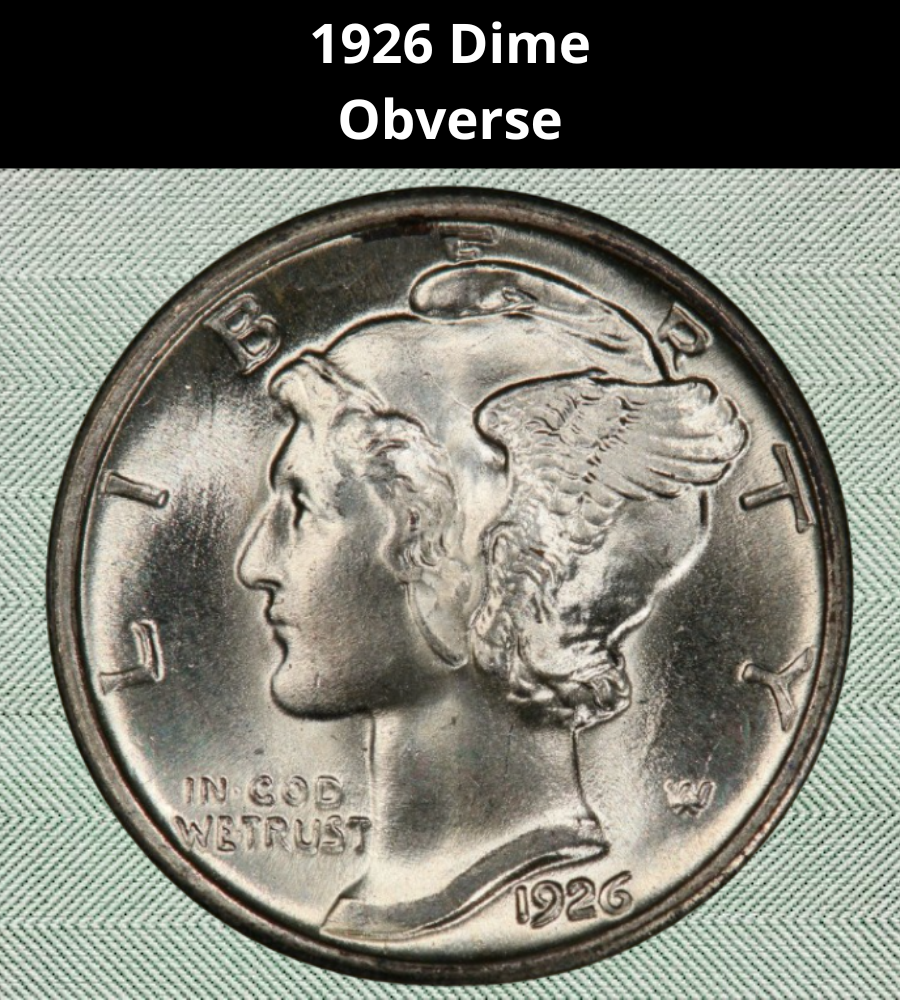
The obverse features Lady Liberty facing left, crowned with a winged Phrygian cap, a symbol of freedom of thought. Because of its resemblance to the Roman god Mercury, collectors nicknamed it the “Mercury Dime.”
The inscriptions on the obverse include:
- LIBERTY across the upper rim
- IN GOD WE TRUST to the left of Liberty’s neck
- The date 1926 at the lower right
- Designer’s initials “AW” near Liberty’s neck
Reverse of the 1926 Dime
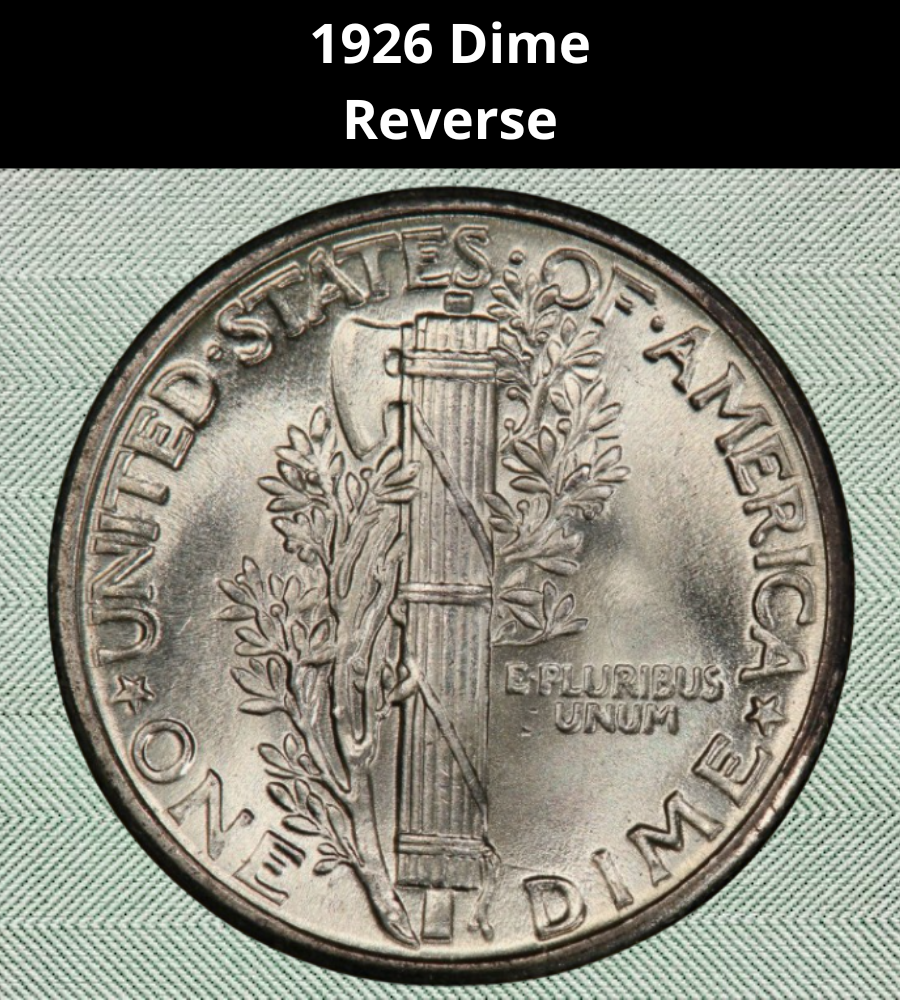
The reverse presents a Roman fasces, symbolizing unity and strength, wrapped in an olive branch, the timeless emblem of peace. This imagery was especially powerful in the post–World War I era, reflecting America’s balance of might and harmony.
The inscriptions on the reverse include:
- UNITED STATES OF AMERICA around the upper rim
- E PLURIBUS UNUM to the right of the fasces
- ONE DIME at the bottom
- The mint mark (D for Denver, S for San Francisco, or blank for Philadelphia) placed to the right of the “E” in ONE
1926 Dime Specifications
- Face Value: $0.10 (ten cents)
- Shape: Round
- Composition: 90% silver, 10% copper
- Type: Standard circulation coin
- Diameter: 17.91 mm (0.705 in)
- Weight: 2.50 g (0.08038 troy oz)
- Silver Weight: 2.25 g (0.07234 troy oz)
- Minting Technique: Milled
- Thickness: 1.35 mm (0.053 in)
- Edge: Reeded
The 1926 Mercury Dime is especially known for its scarcity in high grades, particularly from the Denver and San Francisco mints. Full Bands examples—where the horizontal bands on the fasces are fully struck and distinct—are rare and highly prized by collectors. With its elegant design and intrinsic silver content, the 1926 dime remains a sought-after treasure in U.S. numismatics.
1926 Dime Grading
| # | Grade |
|---|---|
| 1 | Basal State-1 |
| 2 | Fair |
| 3 | Very Fair |
| 4, 5, 6 | Good |
| 7, 8, 10 | Very Good |
| 12, 15 | Fine |
| 20, 30 | Very Fine |
| 40 | Extremely Fine |
| 50 | About Uncirculated |
| 60 | Mint State |
| 65 | Mint State |
| 70 | Mint State |
1926 Dime Value Guides
1926 No Mint Mark Dime Value
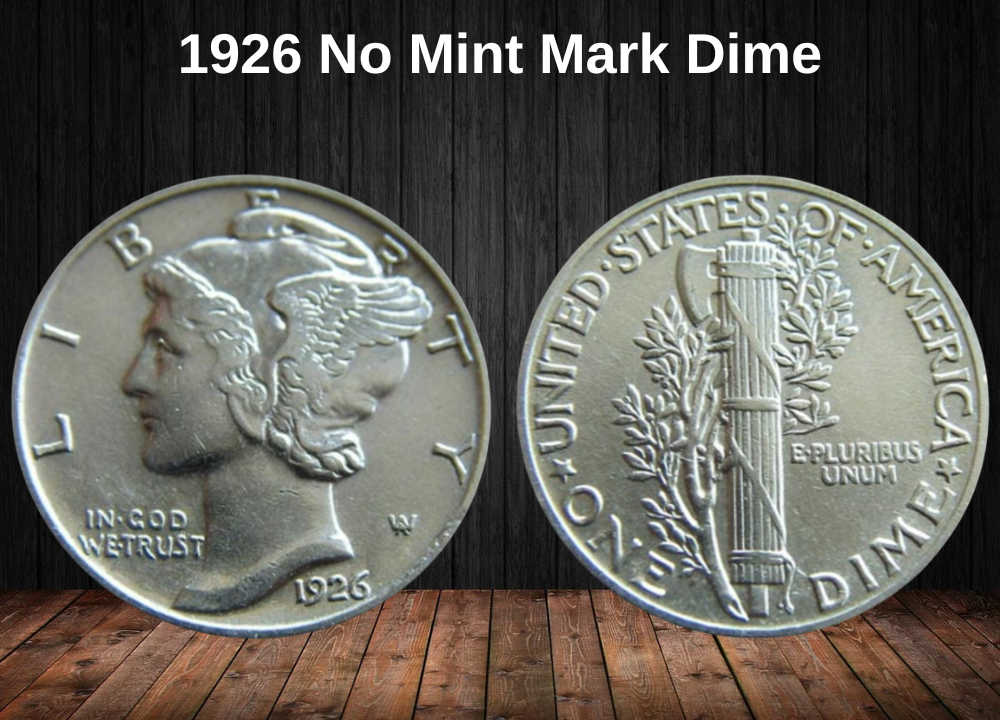
The 1926 dime without a mint mark was struck at the Philadelphia Mint, with an impressive mintage of 32,160,000 pieces. Because of its large production, this dime is relatively common in lower grades but becomes significantly scarcer in uncirculated conditions.
The coin is composed of 90% silver and 10% copper, weighing 2.5 grams, with a silver content of 0.0723 troy ounces. Its design, created by Adolph A. Weinman, features Liberty with a winged Phrygian cap, symbolizing freedom of thought—a detail that earned the series its popular nickname, the “Mercury Dime.”
While circulated examples typically trade between $4 and $45, high-grade survivors are highly coveted. Uncirculated coins can bring $4,000 or more, depending on strike and luster quality. In fact, at a Heritage Auction, a superb example graded MS-67 CAC realized an impressive $6,463.
The challenge with this issue lies in finding sharp strikes with fully defined details. Many Philadelphia-struck coins display weaker impressions, making Full Bands specimens (fasces bands on the reverse fully separated) particularly valuable.
1926 “D” Dime Value
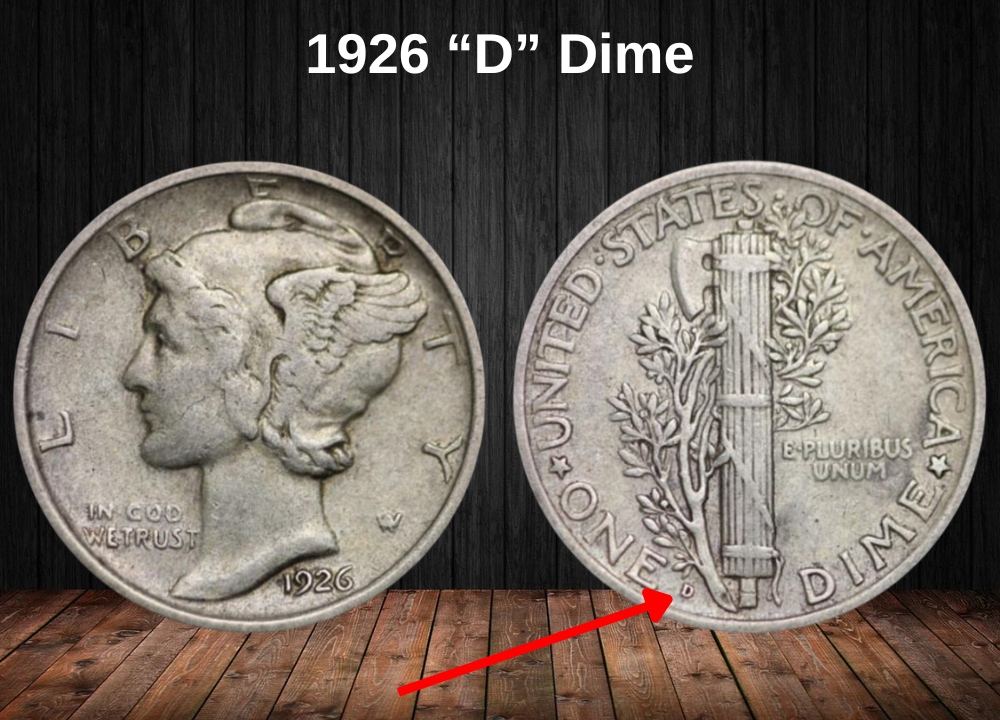
The 1926-D Mercury Dime was produced at the Denver Mint, with a total mintage of 6,828,000 coins. Although this number was fairly substantial for the era, the vast majority of coins entered heavy circulation, making high-grade survivors scarce.
The obverse showcases Liberty with her distinctive winged cap, while the reverse features the iconic fasces wrapped with an olive branch—symbols of strength and peace.
Today, circulated examples are relatively affordable, but collectors prize Mint State coins. Values are approximately:
- MS-63: around $385
- MS-65: over $700
- MS-66: upwards of $2,000
The rarity of high-grade 1926-D dimes, especially those with Full Bands designation, drives strong demand among advanced collectors. Despite its wider circulation, the Denver issue remains a popular choice thanks to its blend of availability in lower grades and scarcity in pristine condition.
1926 “S” Dime Value
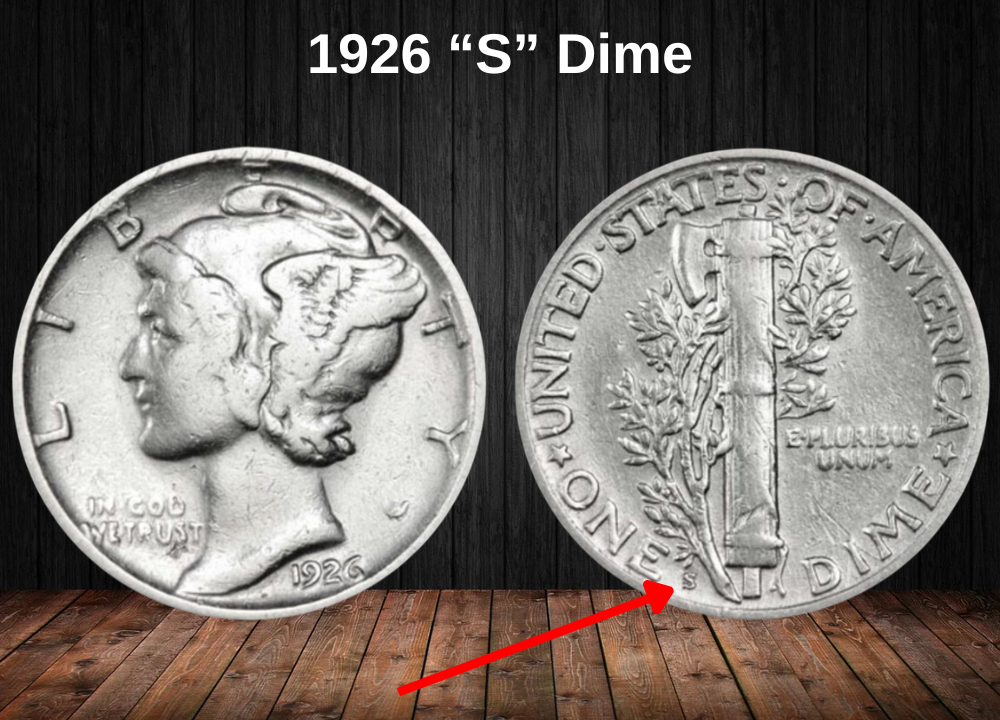
The 1926-S Mercury Dime is the true rarity of the year, with a tiny mintage of only 1,520,000 coins. Struck at the San Francisco Mint, this dime is highly sought-after due to both its low survival rate and its role in the Roaring Twenties, an era of rapid economic growth and cultural transformation.
Like its counterparts, the obverse displays Lady Liberty with her winged cap, while the reverse features the fasces with olive and oak branches. The distinguishing feature is the “S” mintmark, located near the base of the reverse.
Because of its scarcity, the 1926-S dime commands strong premiums across all grades:
- Circulated: starts around $17 to $250
- MS-63: around $3,150
- MS-65: exceeds $5,000
- MS-67 (ultra-rare): $12,500 or more
For collectors, acquiring an MS-67 specimen represents a “Holy Grail” moment. These coins are exceedingly rare, and their combination of historical significance, artistic beauty, and scarcity ensures their enduring desirability.
Rare 1926 Dime Error List
The 1926 Mercury Dime is already an attractive collectible because of its silver content and artistic design, but error coins make it even more desirable. Minting technology in the early 20th century was not flawless, and small imperfections during production created unique varieties that can now sell for thousands of dollars at auction. Below are the most notable errors for the 1926 dime.
1926 Dime with Full Band Lines Error (FB)

The most famous and valuable error is the Full Band Lines (FB) designation. This refers to the horizontal bands on the fasces (reverse side of the coin) that are fully separated and well-defined. Because the majority of 1926 dimes were weakly struck, especially from the Philadelphia and San Francisco Mints, clear Full Bands examples are extremely rare.
- Even circulated dimes with the FB strike can sell for hundreds of dollars.
- In uncirculated condition, prices rise dramatically—one 1926-S Mercury Dime graded MS-67 FB sold for $54,625 at auction in 2010.
- Collectors value these coins because they represent the highest quality strikes from the Mint, making them stand out as exceptional survivors of the era.
The rarity of Full Bands Mercury dimes is due to the fact that striking pressure and die wear often blurred the fine details of the bands. Only a small fraction left the Mint with fully defined lines, making them the “holy grail” for Mercury dime specialists.
Where to Sell Your Dime Coin?
Now that you know the value of your dime, the next step is deciding where to sell it. There are several trusted options—both online and in person—that can help you get the best price depending on your coin’s rarity and condition.
To see the full list of recommended places, along with their advantages and disadvantages, check our complete guide on where to sell your dime coins.
1926 Dime FAQs
Why is the 1926-S Mercury Dime considered one of the key dates in the series?
The 1926-S has the lowest mintage of the year, with only 1,520,000 coins struck, making it scarce compared to the Philadelphia and Denver issues. Its rarity in high grades, especially with Full Bands, cements its place as one of the toughest Mercury Dimes to acquire.
How do strike quality differences affect the value of 1926 dimes?
Many 1926 dimes, especially from Philadelphia, are known for weak strikes, with poorly defined details on Liberty’s hair and the fasces bands. Collectors pay substantial premiums for sharp strikes or Full Bands examples, as these are far less common.
What historical events influenced the design and popularity of the Mercury Dime in 1926?
The 1926 dime was issued during the Roaring Twenties, a time of economic growth and cultural change. Its symbolism—strength (fasces) and peace (olive branch)—resonated in post–World War I America, making it both an artistic and patriotic piece of coinage.
How does the rarity of Full Bands on the 1926 dime compare to other years in the series?
While Full Bands are generally scarce across the Mercury Dime series, the 1926-S Full Bands ranks among the most difficult to find. Its rarity places it alongside other key dates like the 1916-D and 1945-S Micro S in terms of collector desirability.
Why do auction houses emphasize CAC-approved 1926 dimes?
A CAC sticker indicates that the coin is not only correctly graded but also represents a premium example within that grade. For rare dates like the 1926-S, CAC approval can boost auction results by hundreds or even thousands of dollars.
What role does the 1926 dime play in completing a Mercury Dime set?
Because of its scarcity in high condition, especially the 1926-S, this year often serves as a bottleneck for collectors striving to build a complete set. Securing one in Mint State can significantly increase the prestige and value of an entire collection.
Are there notable die varieties or minting anomalies for the 1926 dime?
Yes. Besides strike weakness, collectors sometimes encounter die cracks, repunched mint marks (RPMs), and off-center strikes. While not as well-documented as other years, these anomalies can add premium value due to their rarity.

